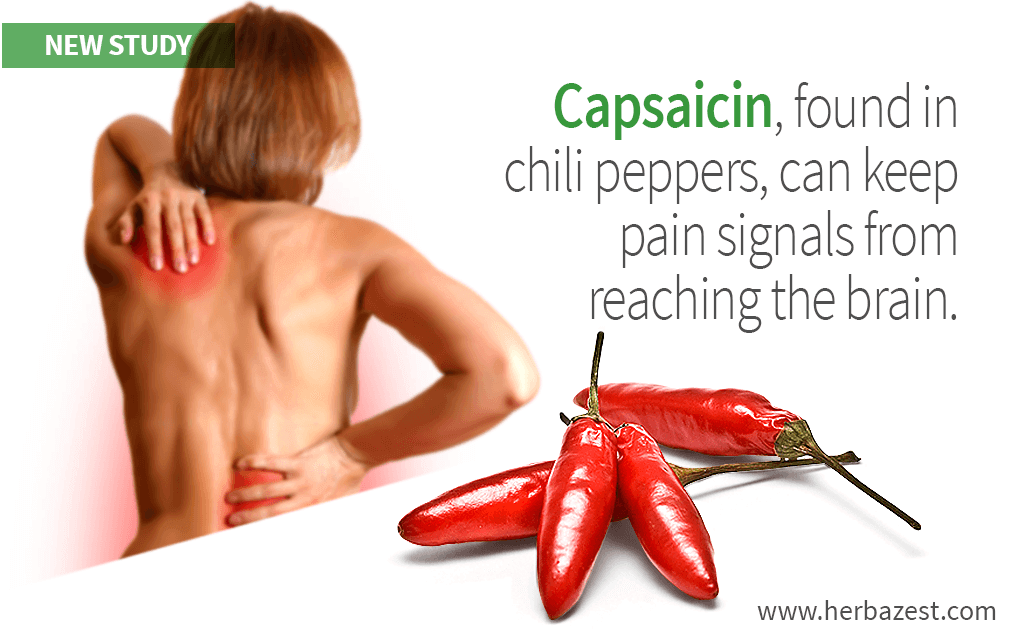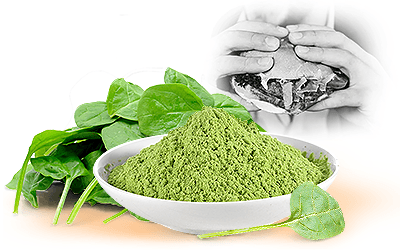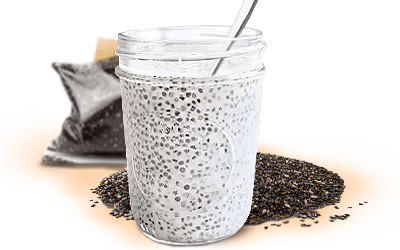A team of researchers from Rutgers New Jersey Medical School have recently made strides into the science of pain medication with their in vitro study of the chemical mechanism behind chili peppers' heat-inducing and pain-relieving activities. Their findings are useful for a variety of nerve-related conditions that produce mechanical pain in the body, such as neuralgia and arthritis.
The Study
The study was conducted in vitro using dorsal root ganglions (DRG), which are clusters of nerve cell bodies that are located in the back of every spinal nerve and contain sensory neurons that allow the body to feel pain. These ganglions were mechanically activated by currents to ascertain whether or not capsaicin - the compound found in chili peppers that makes them spicy hot - could successfully inhibit them.
The Results
The team of researchers found that capsaicin has the ability to activate the heat-sensing receptor TRVP1 (transient receptor potential vanilloid 1), an important pathway in pain signalling, successfully inhibiting the current.
This capsaicin action results in a slight numbing feeling that can dull pain as the neurons become desensitized. While the link between capsaicin and heat production has long been acknowledged by the medical community, it has not been fully understood until now.
Activating TRPV1 channels with capsaicin results in a desensitization of TRPV1, so heat and pain signals are no longer transmitted for a time.
By using capsaicin, the pain signals were successfully blocked.
What Does This Mean?
These results consolidate and underline previous research on the potential painkilling powers of chili pepper. They also open up the possibility to use this knowledge to harness the chemical mechanism in new and more effective ways - in other words, knowing the analgesic mechanism to this level of detail can aid in the successful delivery of capsaicin to target areas.
Since this study was all in vitro, there is still a large jump between this research and a clinical human trial. However, the results are promising, and further investigation is expected.
Sources
- Expert Opinion on Drug Discovery, Dorsal root ganglia sensory neuronal cultures: a tool for drug discovery for peripheral neuropathies, 2009
- Science Signaling, Activation of TRPV1 channels inhibits mechanosensitive Piezo channel activity by depleting membrane phosphoinositides, 2015





